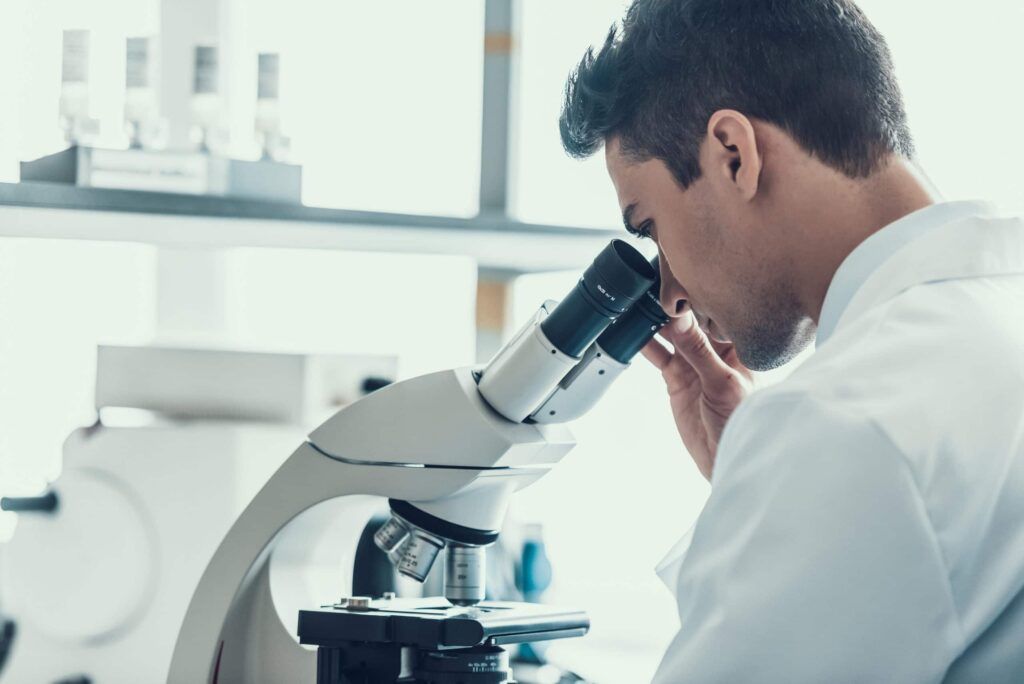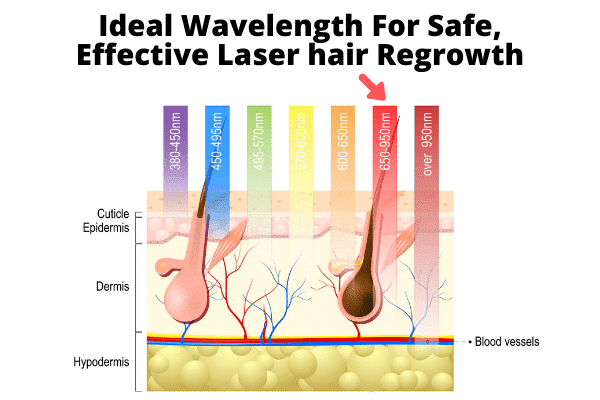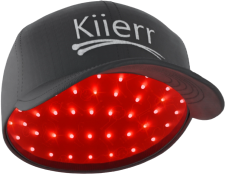Add items to get a Free Gift!
Learning Hub, Low Level Light Therapy
Low-level Laser Light Therapy (LLLT) for Hair Growth
Table of Contents
Background of Infrared Light for Hair Growth
Low-level laser light therapy rapidly evolved into the most fast-growing and popular technology that has assisted in treating multiple health conditions. Many also refer to the therapy as Photobiomodulation and Low-Level Light Therapy, an effective process of stimulating relief, healing and easing inflammation and pain.
LLLT is most popular for its restoration of functions. Of all the other organs we possess, our skin faces the most exposure naturally to light, despite which it responds actively to near-infrared and red wavelengths. The mitochondrial chromophores present in our skin cells further absorb the photons.
Origination of LLLT
Dr. Nils Finsen won a Nobel Prize in 1903, for his efforts in the treatment of diseases, with special regards to Lupus vulgaris using concentrated light radiation. Many years later, Professor Maiman TH established the first active red ruby laser in the year of 1960.
However, Mester E et al. was finally able to the ‘laser biostimulation’ in 1967 with his demonstration. The year 1999 saw the works of Whelan H et al. on LED’s medical applications. He used his work to contribute to the space station at NASA.
How Low-level Laser Light Therapy (LLLT) Works
The powers of near-infrared or red laser light in promoting regeneration and tissue repair have been common knowledge for a long time. The low-level laser light therapy is a powerful stimulator of cellular activity.
People first discovered lasers in the 1960s, but since then, this therapy has ignited major interest. Over the years, we have seen laser devices in action for the treatment of multiple health conditions, with many claims of its efficacy.
The most common laser devices exhibit wavelengths within the 500-1,100 nm range (which many describe as the optical tissue window). The devices also transport 1-10 J/cm2 fluences with 3-90 mW/cm2 power density.
Over the years, many experiments proved that LLLT has potential benefits, including the treatment of several medical conditions. These include stroke recovery, relief for joint pains, nerve regeneration, curing wounds and treating as well as offsetting mucositis.
Technological advancements further saw the birth of a range of LLLT home-use devices, emitting low level of coherent monochromatic near infrared light. These have helped address several skin conditions as well as helping with hair growth.
LLLT for Hair Growth
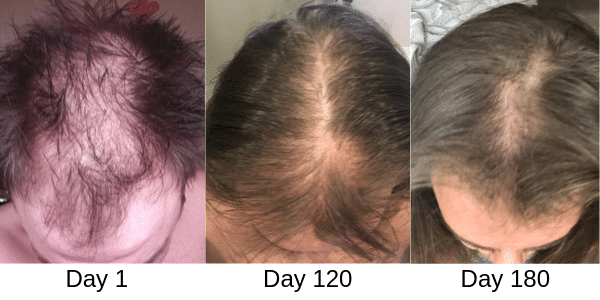
Wikramanayake et al. brought to light the effects of LLLT on the growth of hair through his demonstrations. He conducted his experimental treatment on mice, and the end of the treatment noticed hair regrowth on the mice. Simultaneously, he conducted another experiment on a sham group, where he administered a treatment without the therapeutic effects of light.
The results showed no hair growth in the sham group, while the laser-treated mice exhibited an increase in the anagen hair follicles. The U.S FDA approved of the first device of LLLT for men in 2007 and women in 2011. The device passed clearance as a safe modality in the AGA treatment.
Since then, we have seen steady streams of LLLT devices in various forms flooding the market. However, only a few have proved their efficacy.
Best LLLT Device: Kiierr Laser Caps

The Kiierr laser hair caps, for example, are a prime quality product and effective treatments for hair growth. They are somewhat similar to a baseball cap in design, making it convenient to use while housing approximately 148 to 272 laser diodes within the laser panel. The number of diodes depends on the model you buy, but each is specifically active in emitting laser energy.
This laser energy further activates your dormant hair follicles and stimulates a healthy flow of blood to your scalp area. Healthy blood flow transports the appropriate nutrients and oxygen levels the scalp needs to support a healthy head of hair.
The laser caps are easy to use and equipped with outstanding technology. The built in timer will keep track of your 30-minute treatment for you, and automatically shut off once completed.
The best feature of Kiierr laser caps is that they only employ premium laser diodes with a wavelength of 650nm. This ensures tremendous hair growth for you without any LEDs involved.
The benefits of these laser caps include:
- Revitalizes frail and damaged hair
- Hair loss reversal
- Treats balding and thinning hair
- Discreet, portable and easy to use
- FDA clearances and no known side effects
- Encourage thicker and healthier hair follicles
- Effective and safe treatment for hair loss
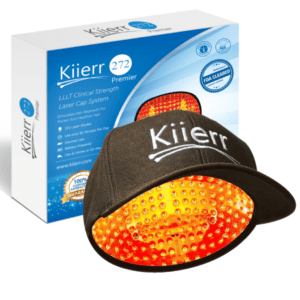
Conclusion: Light Therapy for Hair Growth
In the 1960s, the world first saw the potential effects of LLLT when an experiment on mice saw hair growth, using a red laser with low fluence. Since that discovery emerged several other demonstrations with LLLT emerged.
The trials showed promise and could treat conditions like mucositis, musculoskeletal pain, stroke, wounds, and even regrowth of hair. Today, laser caps and devices are among the most effective treatments of hair loss and are widely in use by masses around the world.
To learn more about LLLT and laser caps, read our Do Laser Caps Work article.
LLLT for Hair Growth FAQs
[sc_fs_multi_faq headline-0=”h2″ question-0=”Does LLLT regrow hair?” answer-0=”Yes. LLLT can regrow hair on the scalps of men and women. This light therapy stimulates blood flow to the scalp and encourages new hair follicle growth.” image-0=”” headline-1=”h2″ question-1=”How does LLLT work for hair loss?” answer-1=”LLLT stimulates blood flow in the scalp of men and women. This allows the proper nutrients and oxygen levels to reach the scalp and support a healthy head of hair. This process is known as photobiostimulation.” image-1=”” headline-2=”h2″ question-2=”Do laser caps work for hair growth?” answer-2=”Yes. Laser caps are FDA-cleared medical devices used to promote new hair growth on the scalps of men and women. These devices are safe and effective to use for individuals 18 years and older.” image-2=”” headline-3=”h2″ question-3=”Can hair grow back after thinning?” answer-3=”Yes. Hair can grow back after thinning with the help of LLLT and laser hair growth caps.” image-3=”” count=”4″ html=”true” css_class=””]Resources:
https://www.ncbi.nlm.nih.gov/pmc/articles/PMC4743666/
https://www.ncbi.nlm.nih.gov/pmc/articles/PMC4126803/
https://www.ncbi.nlm.nih.gov/pmc/articles/PMC3944668/
https://pubmed.ncbi.nlm.nih.gov/26690359/
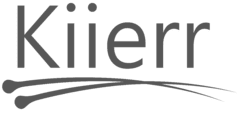
 LASER CAPS
LASER CAPS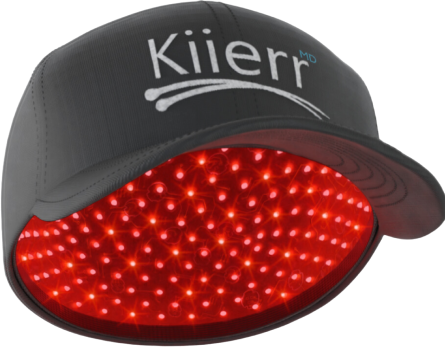


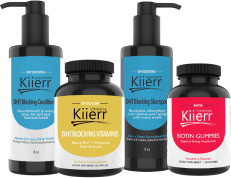
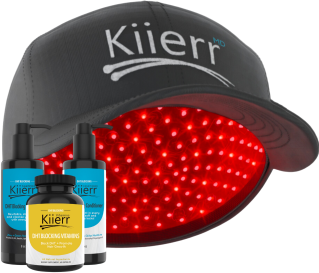
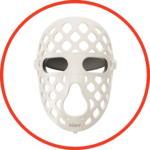 Beauty Products
Beauty Products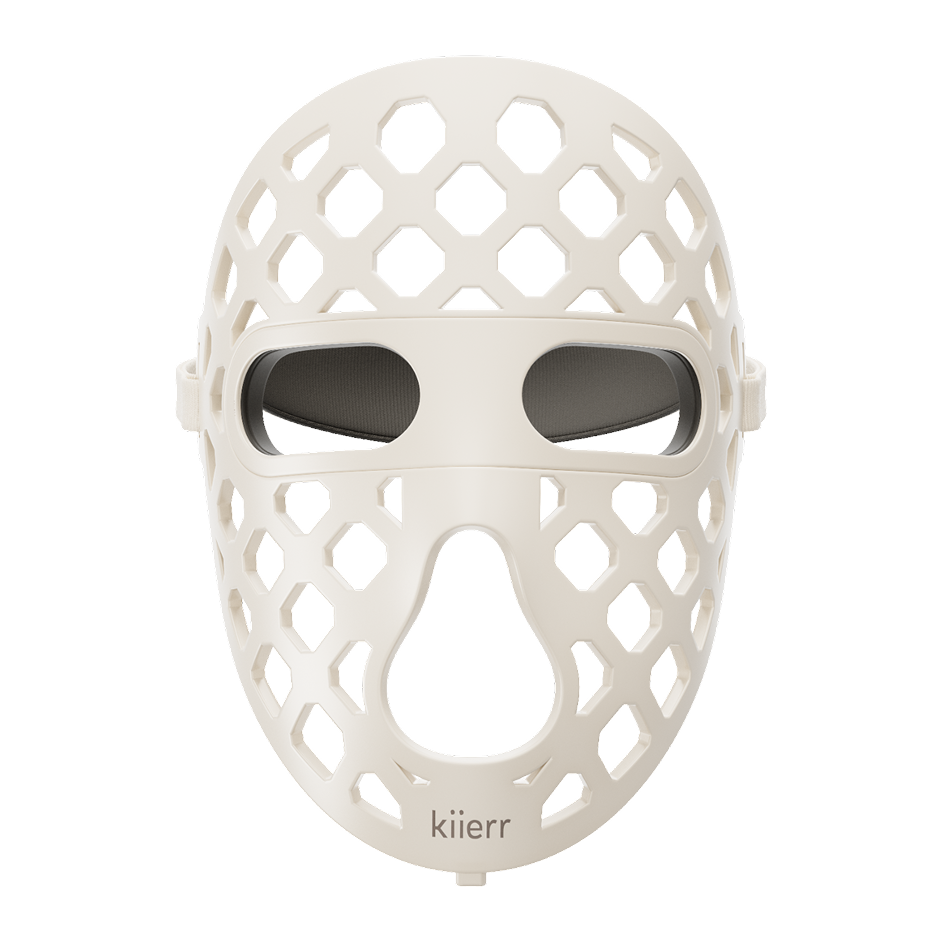





 Daily Deals
Daily Deals RESULTS
RESULTS
